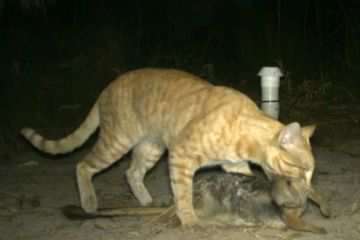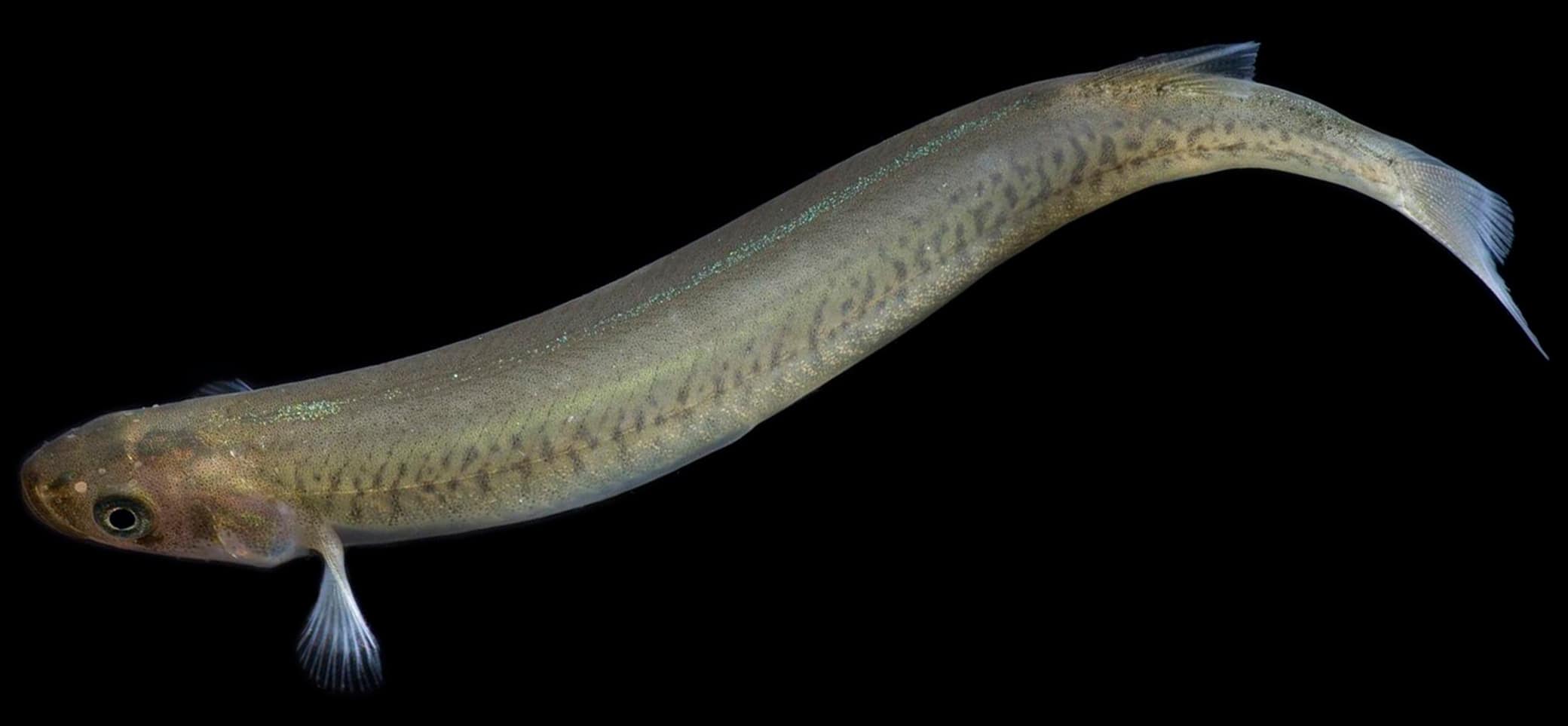A landmark study by UNSW released today has revealed the extraordinary impact of removing feral cats and foxes from a South Australian desert reserve – with small mammal populations inside the predator-free area up to 30 times higher than outside.
‘This 26-year study is some of the strongest evidence we have that removing feral predators lets native wildlife bounce back – and it should be a national wake-up call for our decision makers,’ Invasive Species Council Engagement Director Imogen Ebsworth said.
‘Australia’s deserts have been devastated by cats and foxes, but this study gives us a rare glimpse into how vibrant and complex they could be without those pressures.
‘It’s not just that feral cats and foxes kill native animals – they reshape entire ecosystems. They suppress natural population booms, distort species interactions and prevent recovery after droughts.
‘The scale of the transformation inside the fence is staggering. Some native rodent populations were up to 30 times higher than outside. They also found natural competitive behaviour between species restored – something that’s been missing in many desert ecosystems due to predator pressure.
‘To bring life back to the desert, we need to bring back ecological function. That means taking out the invasive species that are wrecking it.
‘This kind of long-term recovery doesn’t happen overnight. It takes time, commitment, and serious investment – and that’s exactly what we need if we want to turn the extinction crisis around.
‘We need the federal government to scale up its efforts – including fully funding the national threat abatement plan for feral cats, investing in more safe havens and threat abatement for foxes, and backing the research that makes all this possible.
‘This isn’t just a feel-good story. It’s a proof of concept and should be a blueprint for the future.’
Media inquiries: (02) 8006 5004








